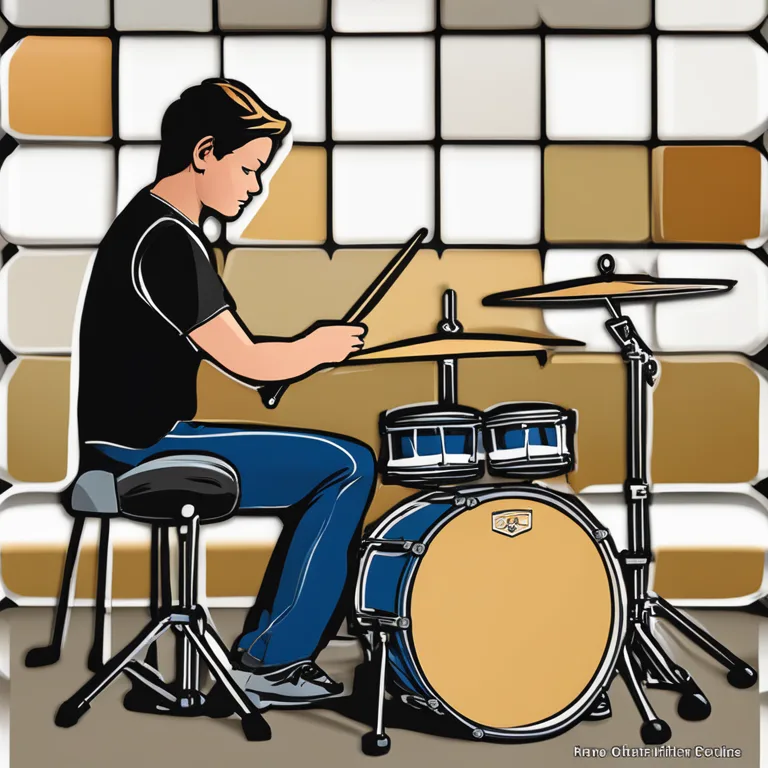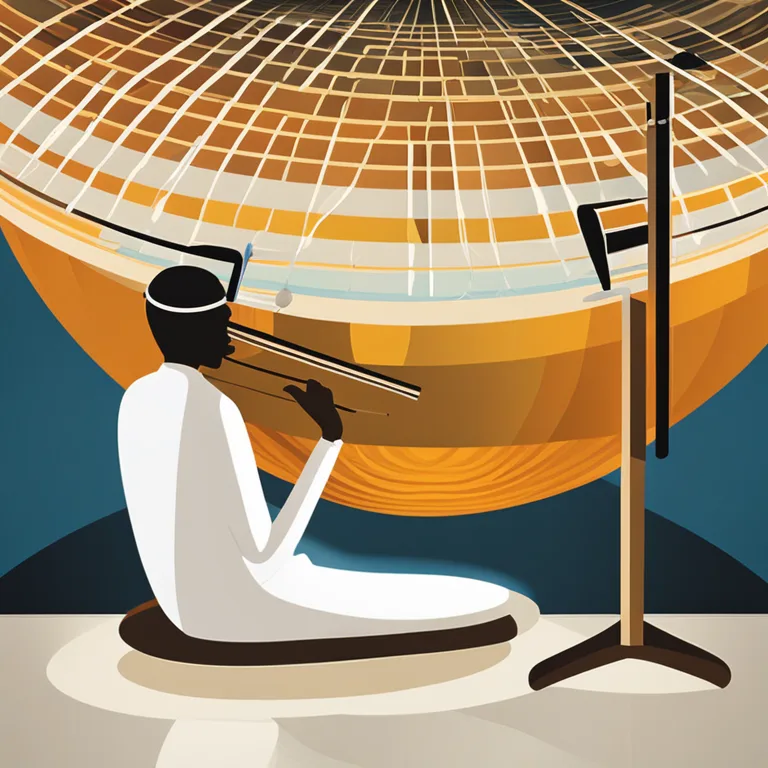
Rhythms of Stillness: Drumming Meditation
Discover the ancient art of drumming meditation and how it can harmonize your mind, body, and soul in a rhythm of tranquility.
article by Hina Kurosawa
Introduction to Drumming Meditation
Drumming as a form of meditation might seem paradoxical, given the vibrancy and vitality of percussion. However, integrating drumming into meditation practices can offer a unique pathway to inner peace, bridging the gap between active and passive states of mind. Drumming meditation takes advantage of rhythm—a universal language—to induce a meditative state that is as ancient as humanity itself. Referencing the practices of indigenous cultures and contemporary mindfulness trends, drumming meditation can be approached as both a spiritual and wellness tool, aligning with modern desires for holistic health and groundedness in an ever-accelerating world.

The Science Behind the Rhythm
Scientific research has shed light on the benefits of rhythmic drumming, highlighting its ability to reduce stress, enhance focus, and promote a sense of well-being. The repetitive nature of drumming creates a soundscape that can assist in synchronizing brainwaves into patterns associated with deep meditation—often referred to as the theta state. This state is linked with profound relaxation, heightened creativity, and increased cognitive clarity. As such, incorporating drumming into meditation practice can be an effective method for achieving these beneficial mind-states.

Setting the Scene for Your Practice
Before diving into drumming meditation, it's important to create an environment conducive to mindfulness. A quiet and comfortable space is ideal. This can be anywhere from a personal room to an outdoor setting, as long as it allows for undisturbed introspection. You don't need an elaborate drum set; a simple hand drum or a djembe will suffice. Once your setting is prepared, sit comfortably with the drum in an accessible position, and let your body relax in anticipation of the rhythmic journey you are about to embark upon.

Basic Drumming Techniques
Even if you've never touched a drum before, basic rhythms are accessible and easy to learn. One of the simplest techniques involves alternating between bass and tone hits. Bass hits are achieved by striking the center of the drum with a relaxed hand, creating a deep, resonant sound. Tone hits, on the other hand, are produced by striking the rim with your fingers, resulting in a higher-pitched note. By alternating between these two sounds, you can create a simple, hypnotic rhythm that is perfect for meditation.

Mindfulness and Drumming
As you begin to drum, focus your attention on the sound and feel of the rhythm. Notice how your hands interact with the drum, the vibrations that resonate through your fingers, and the sound filling the space around you. When your mind wanders, gently guide it back to the present moment with each beat. This practice is similar to other forms of mindfulness meditation, where the drumming serves as an auditory anchor, keeping you grounded in the 'now'.
Structured Rhythms and Improvisation
Some individuals may find peace in structured drumming sequences, while others may prefer the freedom of improvisation. Both approaches are valid. With structured rhythms, you might choose a simple pattern and repeat it, allowing muscle memory and repetition to guide you into a meditative state. In improvisation, you let intuition lead the way, letting go of the need for control and allowing your creativity to flourish, which can be an incredibly liberating and mind-expanding experience.
Integrating Visualizations and Intentions
To deepen your drumming meditation, you might integrate visualizations or set intentions. As the drum speaks, envision waves of sound washing over you, carrying away stress and tension. Set an intention for your practice, whether it's to cultivate peace, release negative energy, or simply connect with the rhythm of life. This combination of focused drumming and visualization can potentiate the meditative experience, making it both a healing and transformative process.
Concluding Your Session
As you conclude your drumming meditation, allow the rhythm to slow down gradually, letting each beat fade into silence. Take a moment to sit in stillness, absorbing the calmness and serenity that your practice has fostered. Reflect on your experience and acknowledge any shifts in your state of mind. Finally, take deep breaths as you transition back into the flow of your day, carrying with you the centeredness and harmony you've cultivated.
Published: 12/20/2023
Modified: 12/20/2023
More predictions
Come back here soon to learn more about yourself and your future



